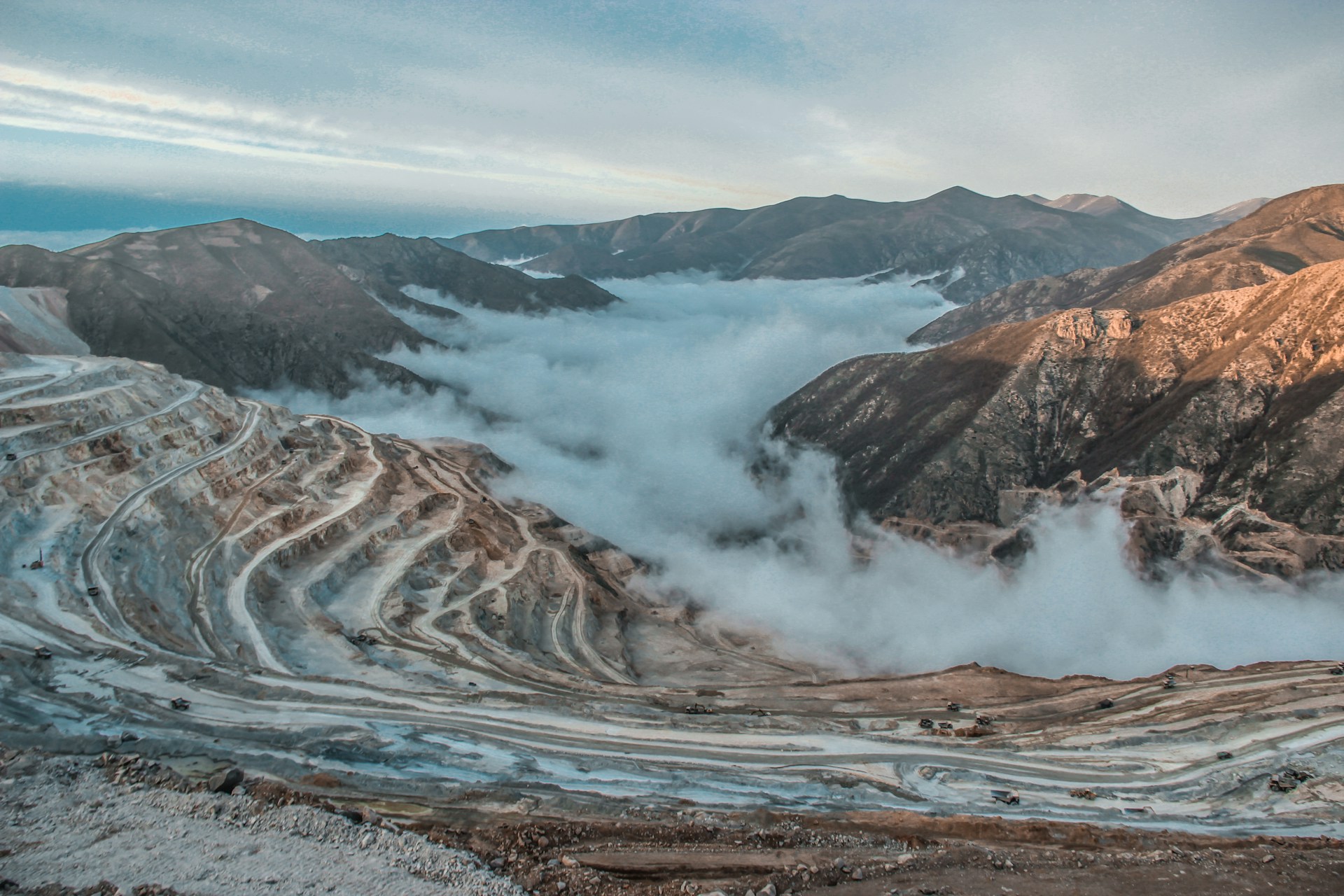The metals and minerals that underpin our modern world come with a hidden cost: their extraction often leaves a trail of environmental damage. One of the most significant challenges is the excessive use of natural resources, impacting everything from water and land to biodiversity. This unsustainable approach threatens communities, ecosystems, and even our own future.
Water Under Pressure:
Mining activities are major water consumers, often exceeding sustainable limits. From extraction to processing, vast quantities are used, impacting local availability and potentially depriving communities of a vital resource. In arid regions, this can be particularly devastating, leading to water scarcity and conflict. Additionally, contaminated wastewater from mining operations can pollute rivers and groundwater, further jeopardizing freshwater reserves.
Nature’s Disappearing Treasures:
The environmental footprint extends beyond water. Mining disrupts ecosystems, leading to deforestation, habitat loss, and soil erosion. This destruction displaces diverse species, contributing to the global biodiversity crisis. Additionally, the use of heavy machinery and explosives can directly harm wildlife, disrupting their vital habitats and contributing to population declines.
The Ripple Effect:
The impact of natural resource depletion doesn’t stop at the mine site. Pollution from mining operations can travel far and wide, contaminating air, soil, and waterways. This can harm human health, damage crops, and disrupt entire ecosystems. The long-term consequences can be severe, affecting communities far removed from the mining activity.
Towards a Sustainable Future:
Despite the challenges, there’s hope for change. The metals and minerals industry is increasingly recognizing its environmental responsibility and exploring more sustainable practices. These include:
- Water conservation: Implementing efficient technologies and recycling wastewater can significantly reduce water consumption.
- Renewable energy: Transitioning to renewable energy sources for mining operations can reduce greenhouse gas emissions and dependence on fossil fuels.
- Land reclamation: Restoring mined areas and promoting biodiversity can mitigate the environmental impact and create new habitats.
- Responsible sourcing: Choosing environmentally responsible suppliers and promoting ethical mining practices can ensure minimal environmental damage.
Collaboration for Change:
Addressing these challenges requires collective action from various stakeholders. Governments need to implement stricter regulations and incentivize sustainable practices. The industry must invest in innovation and prioritize environmental responsibility. Finally, consumers can play a role by demanding ethically sourced and sustainably produced metals and minerals.
By acknowledging the environmental cost of our current practices and working collaboratively towards solutions, we can ensure the continued availability of these essential resources without compromising the health of our planet and well-being of future generations. Remember, the metals and minerals we use today shape not just our present, but also the future we leave behind. Let’s choose a path of responsible extraction and sustainable use, ensuring a brighter future for all.
Note: This post is approximately 480 words long. You can further customize it by adding specific examples, focusing on particular metals or mining practices, or highlighting existing initiatives within the industry.

